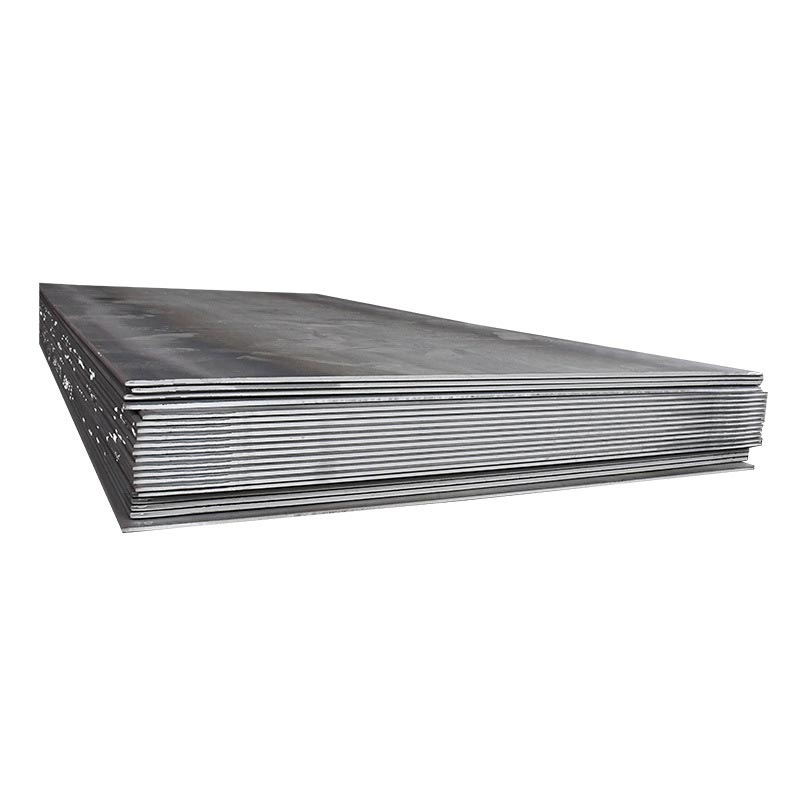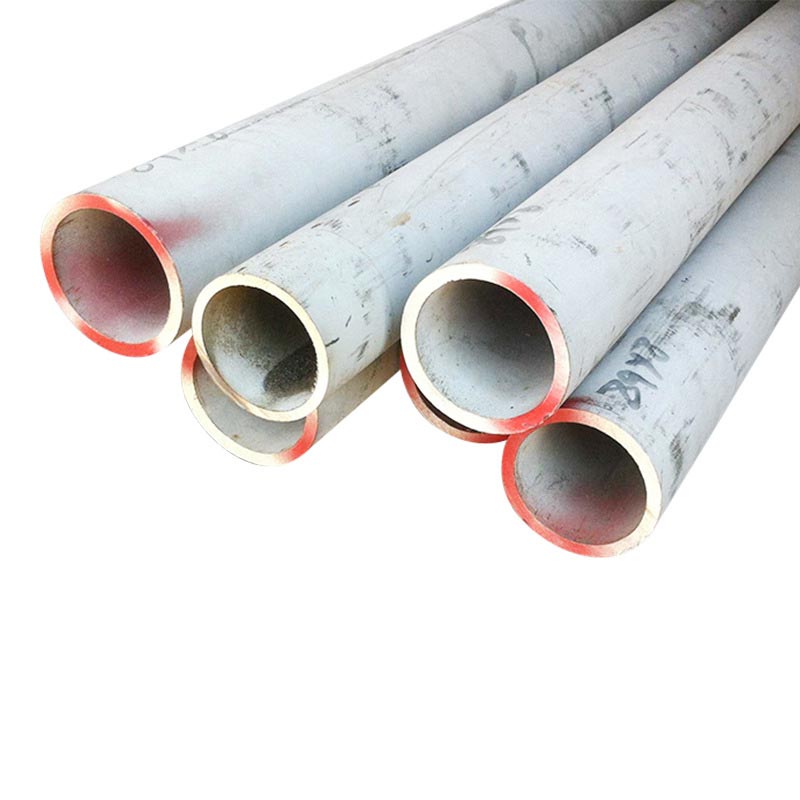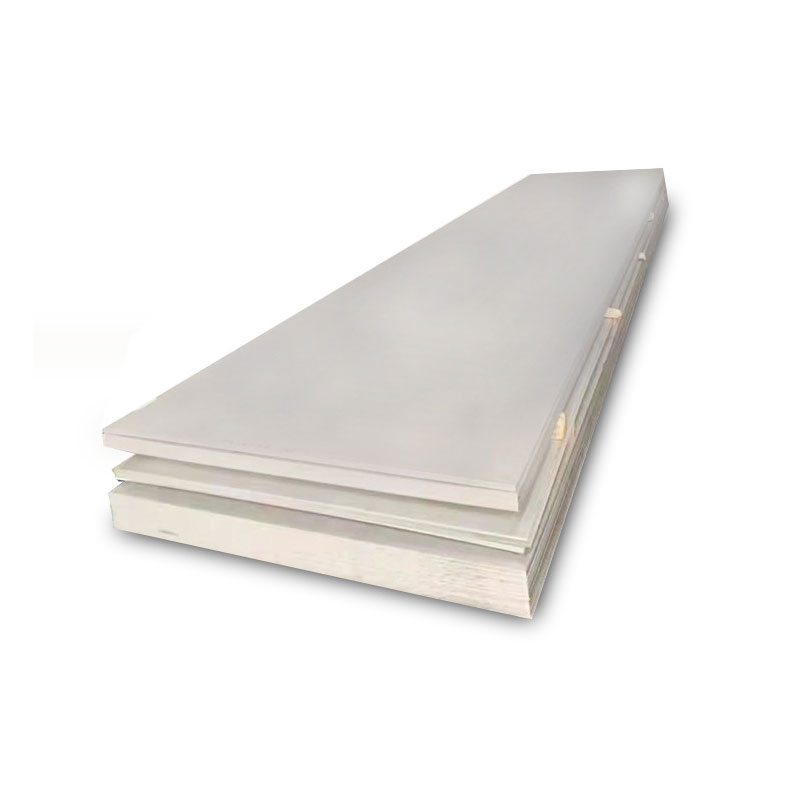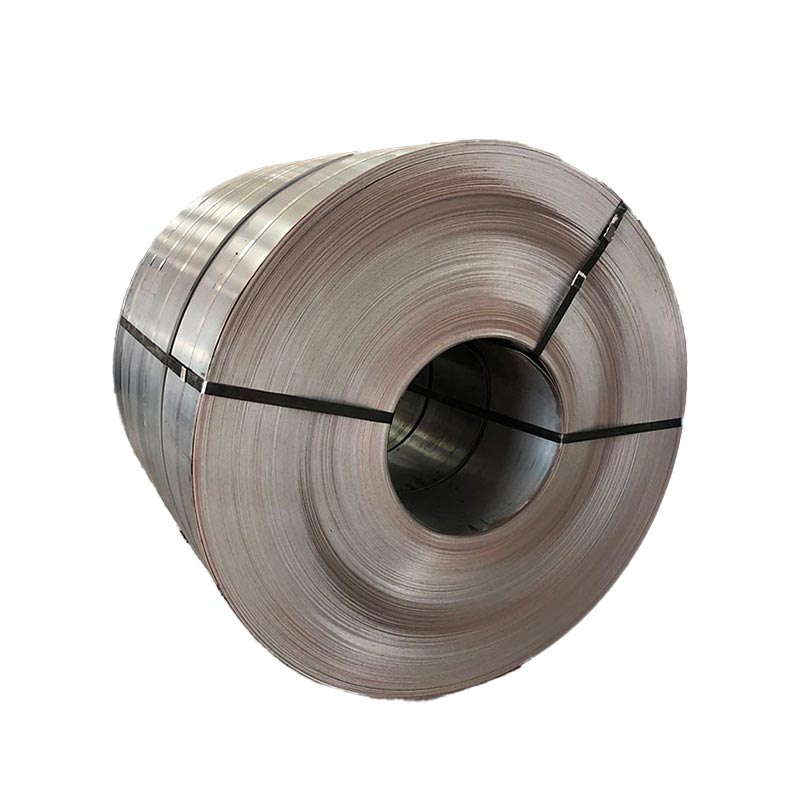What Are the Application Ranges of 304 Stainless Steel?
What Are the Application Ranges of 304 Stainless Steel?
304 Stainless Steel is one of the most widely used chromium-nickel stainless steels. As a versatile steel, it exhibits good corrosion resistance, heat resistance, low-temperature strength, and mechanical properties. It is suitable for hot working such as stamping and bending, and does not undergo heat treatment hardening phenomena (service temperature -196°C to 800°C). It is corrosion-resistant in atmospheric environments; however, in industrial atmospheres or heavily polluted areas, regular cleaning is required to prevent corrosion. It is suitable for the processing, storage, and transportation of food. 304 Stainless Steel offers good workability and weldability.
Its applications include plate heat exchangers, bellows, household items (e.g., Class 1 and 2 tableware, cabinets, indoor pipelines, water heaters, boilers, bathtubs), automotive parts (e.g., windshield wipers, mufflers, molded products), medical instruments, construction materials, chemical and food industries, agriculture, and ship components. Among these, 304 Stainless Steel with strictly controlled composition can also be referred to as food-grade 304 Stainless Steel.

Most applications require long-term preservation of the building's original appearance. When selecting the type of Stainless Steel to use, primary considerations include the desired aesthetic standards, the corrosiveness of the local atmosphere, and the maintenance regime to be adopted. However, in other applications, structural integrity or impermeability is increasingly the sole focus. Examples include roofs and side walls of industrial buildings. In these cases, the owner's construction costs may take precedence over aesthetics, and surfaces need not be perfectly clean. Using 304 Stainless Steel in dry indoor environments performs quite well. However, to maintain its appearance outdoors in rural and urban areas, frequent cleaning is necessary. In heavily polluted industrial areas and coastal regions, surfaces can become very dirty and may even corrode.
To achieve aesthetic effects in outdoor environments, nickel-containing Stainless Steel is required. Therefore, while 304 Stainless Steel is widely used in curtain walls, side walls, roofs, and other architectural applications, 316 Stainless Steel is preferred in highly corrosive industrial or marine atmospheres. People have fully recognized the advantages of using Stainless Steel in structural applications. Several design guidelines include 304 and 316 Stainless Steel. Because duplex Stainless Steel 2205 combines good atmospheric corrosion resistance with high tensile and yield strength, it is also included in European standards.
Product Forms
In practice, Stainless Steel is produced in all standard metal shapes and sizes, along with many special shapes. The most commonly used products are made from sheet and strip steel, while thicker plates are used to produce specialized products such as hot-rolled structural sections and extruded structural sections. Additionally, there are round, oval, square, rectangular, and hexagonal welded or seamless steel tubes, as well as other forms including profiles, bars, wires, and castings.
- Differences in Wall Thickness Tolerance Control Methods Between Stainless Steel Tube and Stainless Steel Seamless Tube
- What Problems Are Prone to Occur When Cutting 304 Stainless Steel Sheet?
- How to Deal with Decarburization of 304 Stainless Steel Sheet?
- Special attention must be paid to these issues during the welding of stainless steel tubes
- Stainless-Steel-Tube Welding Process and Considerations
- Reliability of 304 Stainless-Steel-Tube Products













